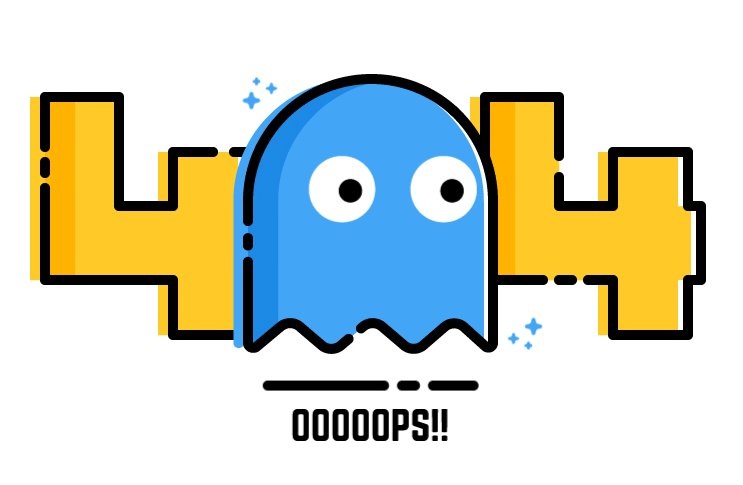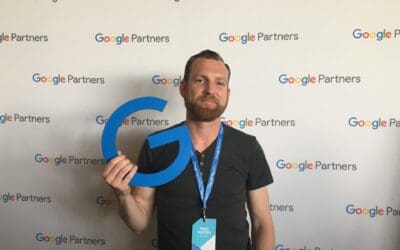Oops… page not found

To be fair it’s probably us, not you.
We’ve changed.
The page you are looking for has moved or may no longer be published. Don’t worry – we’ve redesigned our website and simplified our offerings to make it easier for you to get the help you need.
Please try again using the top navigation or click the button below to start over.
Read latest blogs...
What is Gamification in marketing, and does it work?
In the dynamic world of marketing, where trends come and go, there's an ever-evolving concept that helps reshape the way brands engage with their audiences: gamification. Imagine turning the often mundane act of shopping into an exciting adventure, where customers...
Why You Should Google Your Business
I’ve been a promoter of live events and entertainment since I was 17 years old. This month is my 47th birthday, which marks 30 years of a career in FUN! In 2015 I quit my job with Australia’s fastest growing entertainment company, and started my own small business...
What is the impact of the iPhone update on my Meta Ads?
You would have had to be living under a rock to not hear something about how the recent iPhone update (iOS14+) has impacted Facebook advertisers. You only need to login to Ads Manager and see warnings galore, and they've been there for over 12 months. But what does it...



